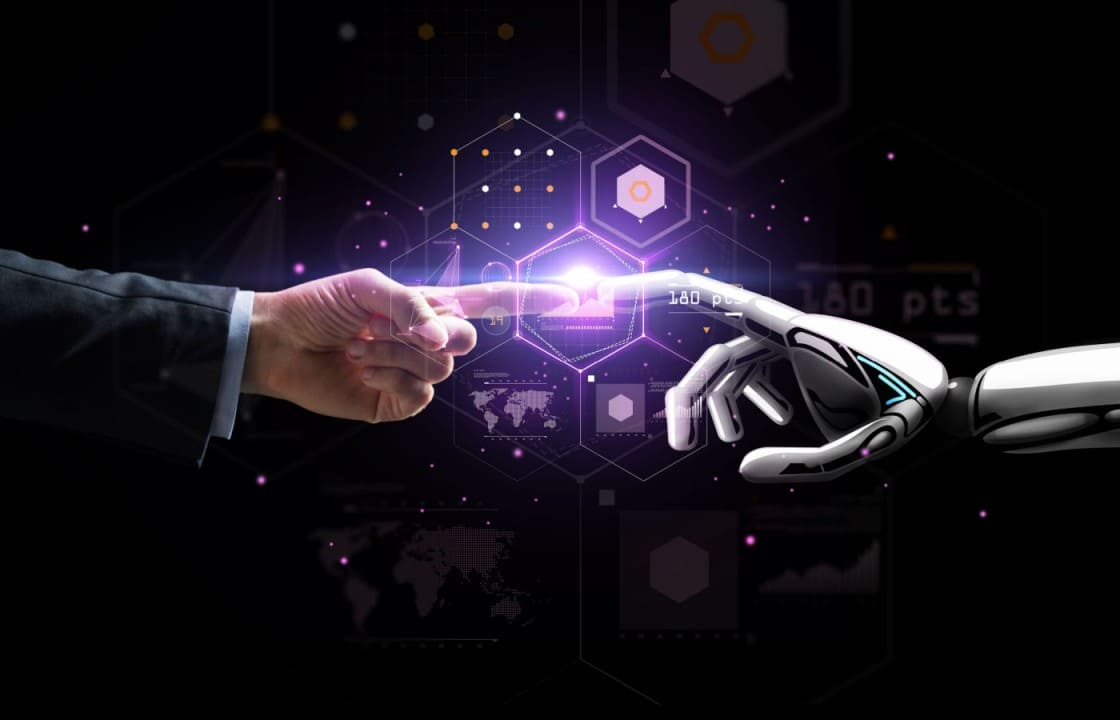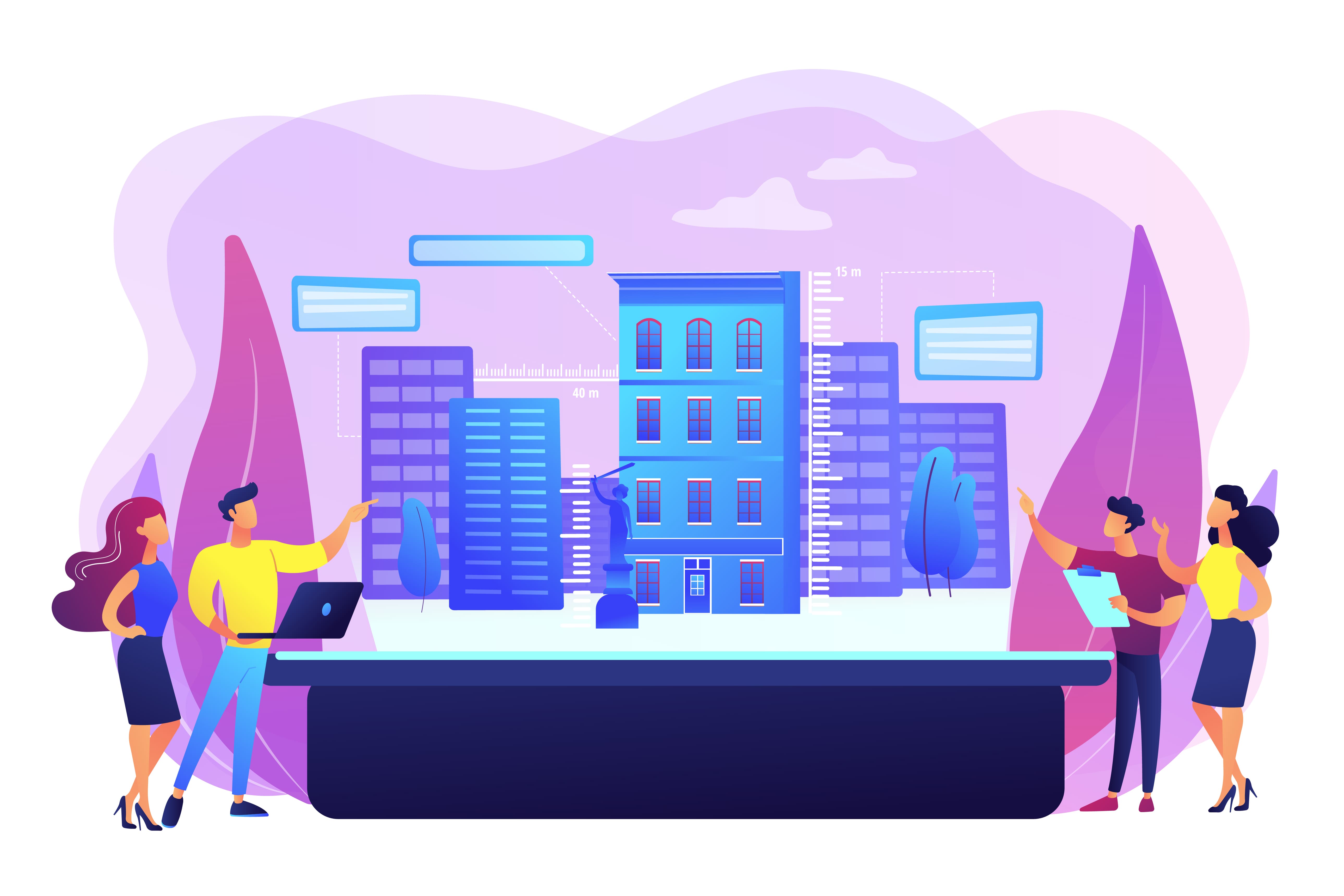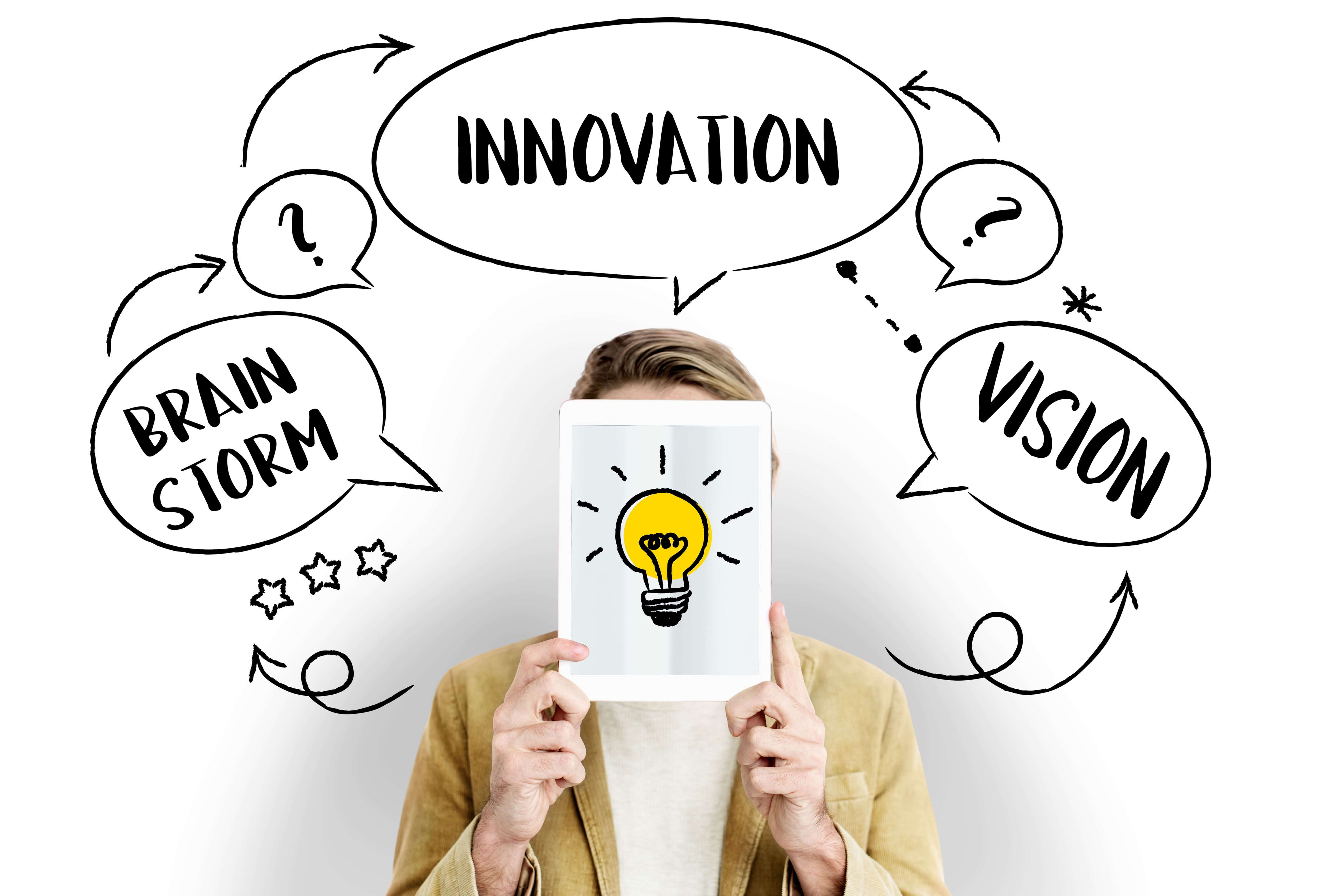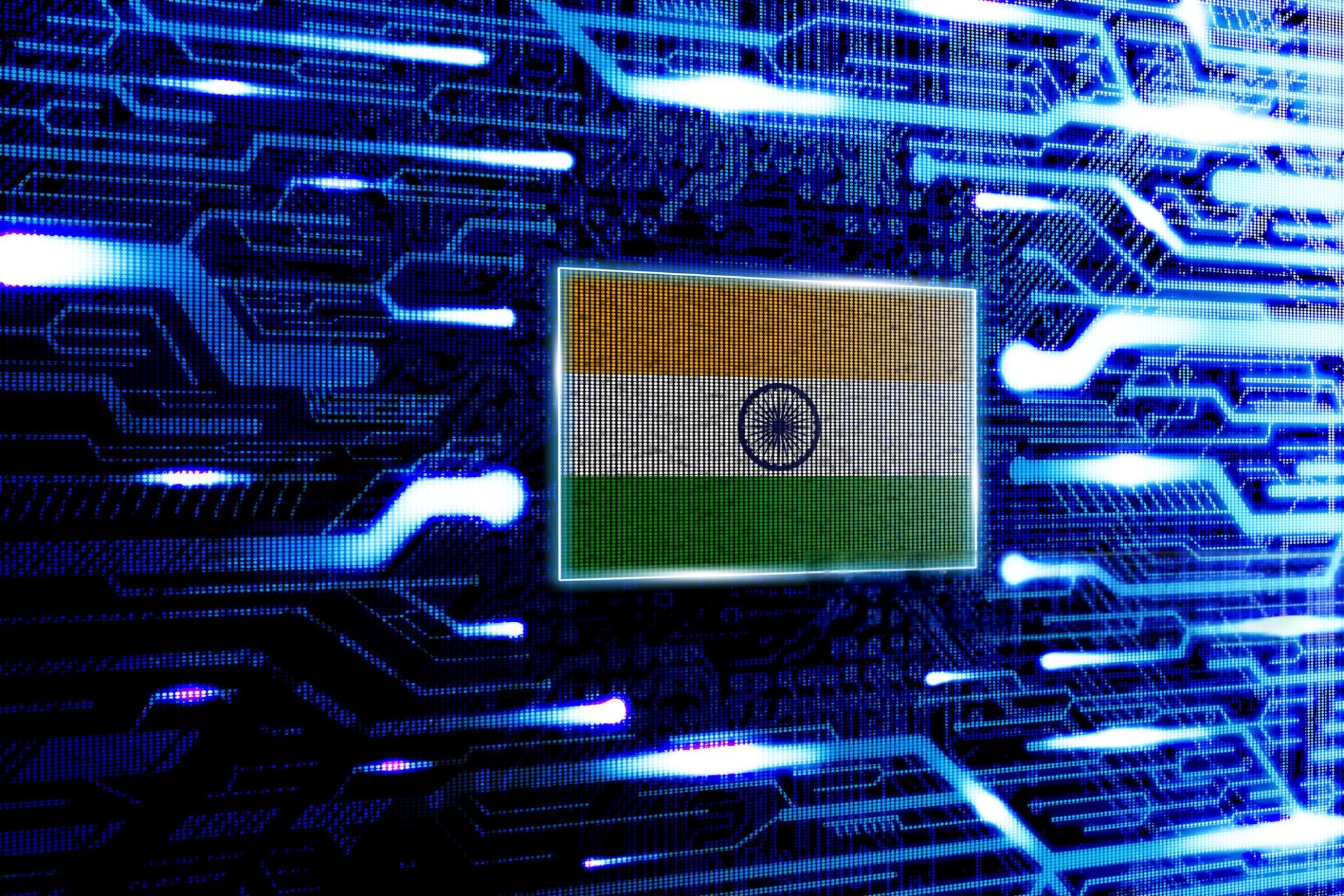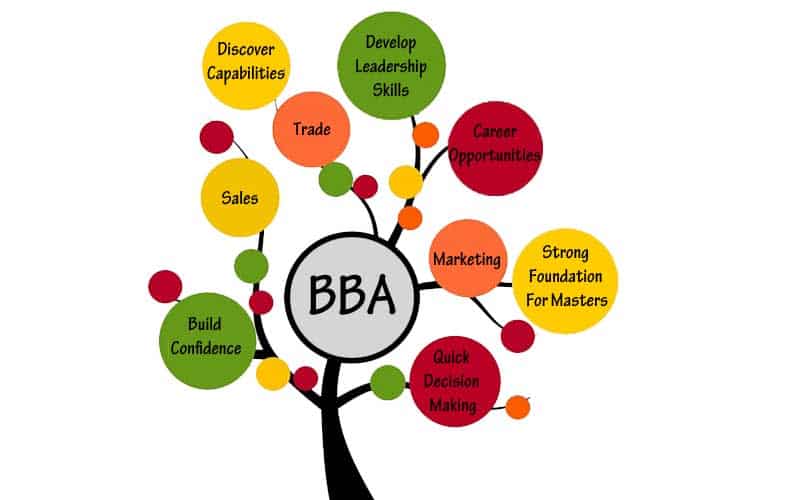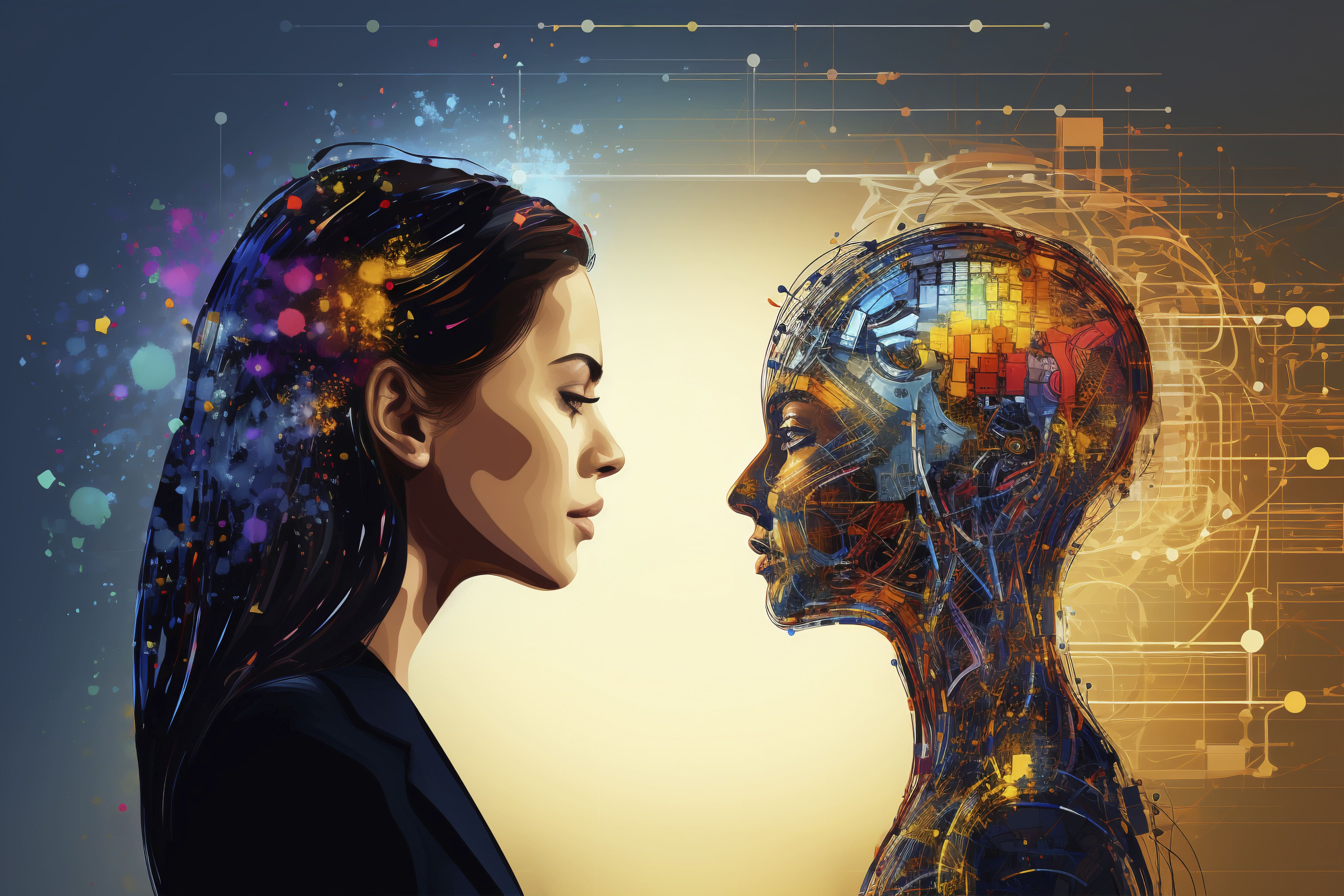 SIMT
SITASRM INSTITUTE OF MANAGEMENT & TECHNOLOGY
SIMT
SITASRM INSTITUTE OF MANAGEMENT & TECHNOLOGY
 SIMT
SITASRM INSTITUTE OF MANAGEMENT & TECHNOLOGY
SIMT
SITASRM INSTITUTE OF MANAGEMENT & TECHNOLOGY

SIMT
SITASRM INSTITUTE OF MANAGEMENT & TECHNOLOGY
Menu
Understanding India's Digital Economy: A BBA Business Economics Perspective

Introduction to BBA Business Economics
Business Economics is a practical field that applies economic theory to real-world business decisions. It helps students understand how firms operate within the broader macroeconomic environment and how factors like government policy, market trends, and consumer behavior impact business strategy and profitability.
For anyone enrolled or about to pursue BBA Business Economics, India's digital transformation is a crucial topic. It's a real-world example of how technology reshapes a nation's economy. This blog breaks down how the digital economy impacts India from a macroeconomic viewpoint, and how those broad trends have tangible effects on business at a micro-level.
The Macroeconomic Impact and Its Drivers
The digital economy is not just an industry; it's a key driver of India's overall economic growth and is fundamentally reshaping the country's economic structure. Its rapid expansion is evident in its growing share of the national income.
- Growth Statistics and Projections: The digital economy contributed a significant 11.74% to India's GDP in 2022-23, a figure that showcases its substantial impact. It is projected to rise to 20% of the country's GVA (Gross Value Added) by 2029-30, indicating that it is growing nearly twice as fast as the overall economy. This growth trajectory is critical for India's goal of becoming a $5 trillion economy. This is a clear demonstration of how a single sector can act as a catalyst for nationwide macroeconomic expansion.
- High Productivity and New Engines of Growth: One of the most remarkable aspects of this sector is its productivity. The digital economy is approximately five times more productive than the rest of the economy, meaning it generates a disproportionately high output per worker. This efficiency is driven by new growth engines such as artificial intelligence (AI), cloud services, and digital platforms. The country now hosts over half of the world's Global Capability Centers (GCCs), which are offshore units of multinational corporations, further solidifying India's position as a global digital hub. This signals a fundamental shift from a predominantly agrarian or manufacturing-based economy to one powered by high-tech services.
Key Drivers of Digital Growth: From Policy to Platforms
The impressive macroeconomic trends are underpinned by specific, tangible factors that have driven widespread adoption and innovation.
1. Digital Payments & Financial Inclusion
The Unified Payments Interface (UPI) is perhaps the most visible and impactful example of India's digital revolution. It has gone from a nascent technology to a dominant force, processing an impressive ₹23.25 lakh crore in transactions in December 2024 alone.
- Formalizing the Economy: By enabling millions of small vendors and informal workers to accept digital payments, UPI helps to bring them into the formal economy. This process broadens the tax base and improves the accuracy of national economic data, a vital consideration in macroeconomic policy.
- Democratizing Finance: For a BBA Business Economics student, the concept of financial inclusion is paramount. UPI has provided millions of previously unbanked citizens with access to formal financial services through a simple smartphone app. This has empowered individuals and small businesses to participate more fully in the economy, access credit, and build a digital financial history, which were previously impossible without a traditional bank account.
2. E-commerce and Market Dynamics
The rise of e-commerce has fundamentally altered traditional market structures and consumer behavior. It has removed geographical barriers, allowing businesses of all sizes to reach customers across the country.
- Enhanced Market Efficiency: The digital marketplace creates a more efficient allocation of resources. Consumers can easily compare prices, leading to greater competition and innovation among businesses. This forces businesses to optimize their supply chains and logistics, which in turn boosts overall economic productivity.
- Disrupting Traditional Retail: The growth of e-commerce has created new challenges and opportunities. While it has given rise to a new class of digital entrepreneurs, it has also put pressure on traditional brick-and-mortar retailers. This dynamic highlights core microeconomic principles of competition and market evolution, concepts that are central to a Managerial Economics BBA curriculum. Businesses must now adopt omnichannel strategies, integrating their physical and digital presence to stay competitive.
3. The Gig Economy and Labor
The digital economy is the birthplace of the gig economy, a flexible and often informal labor market. It has created millions of jobs and new forms of work, particularly in urban areas.
- Job Creation and Flexibility: In 2022-23, the digital economy accounted for 14.67 million workers, a testament to its job creation potential. For many, gig work offers unprecedented flexibility and the ability to earn income outside of a traditional 9-to-5 job. This is particularly relevant for those seeking supplementary income or for people with caregiving responsibilities.
- New Challenges and Social Security: While beneficial, this new labor model presents significant economic and social challenges. Gig workers often lack the benefits of traditional employment, such as health insurance, paid leave, and retirement benefits. From a public policy standpoint, this creates a need for new regulatory frameworks and social security nets that can protect this growing segment of the workforce. This is a complex area of economic policy that demands a fresh perspective on labor market analysis.
The Foundation: Policy & Infrastructure
The entire digital edifice is built upon a foundation of robust public policy and digital infrastructure. Without these, widespread digital adoption would not have been possible.
- Government Initiatives as Catalysts: Programs like Digital India and the BharatNet project have been instrumental. Digital India, launched in 2015, aimed to transform India into a digitally empowered society. BharatNet, in particular, has laid an extensive network of optical fiber cables to connect over 2.14 lakh gram panchayats, or village councils, bringing high-speed internet to rural areas. These initiatives have dramatically reduced the cost of data and increased internet penetration, creating the essential groundwork for a digital economy to flourish.
- Bridging the Digital Divide: This public investment in infrastructure is a classic economic example of how government spending can generate positive externalities. By bridging the digital divide, these projects unlock economic potential in rural and underserved areas, fostering new businesses and providing access to education and healthcare. This demonstrates a key concept in business economics: the critical role of public policy in creating a favorable environment for private sector innovation and macroeconomic growth.
Final Words,
For any student of BBA Business Economics, India's digital economy is a powerful force that demands attention. Understanding its impact is crucial for navigating modern business and contributing to the nation's growth. The transformation from a cash-based to a digital-first economy, driven by visionary policies and a new generation of digital platforms, offers a compelling case study in economic development. It's a living laboratory of economic principles in action, from market dynamics to labor trends, making it an essential subject for any aspiring business professional.




